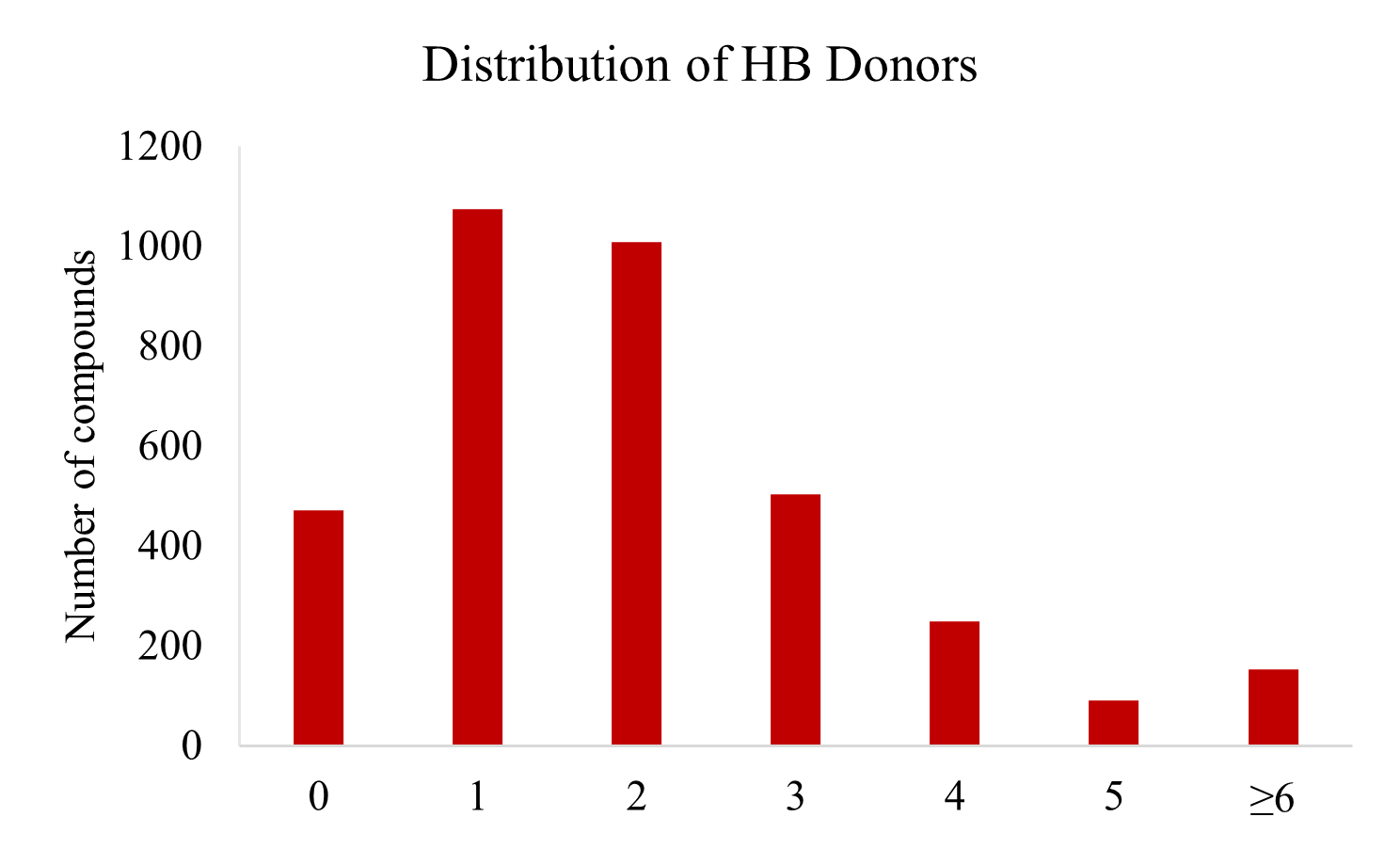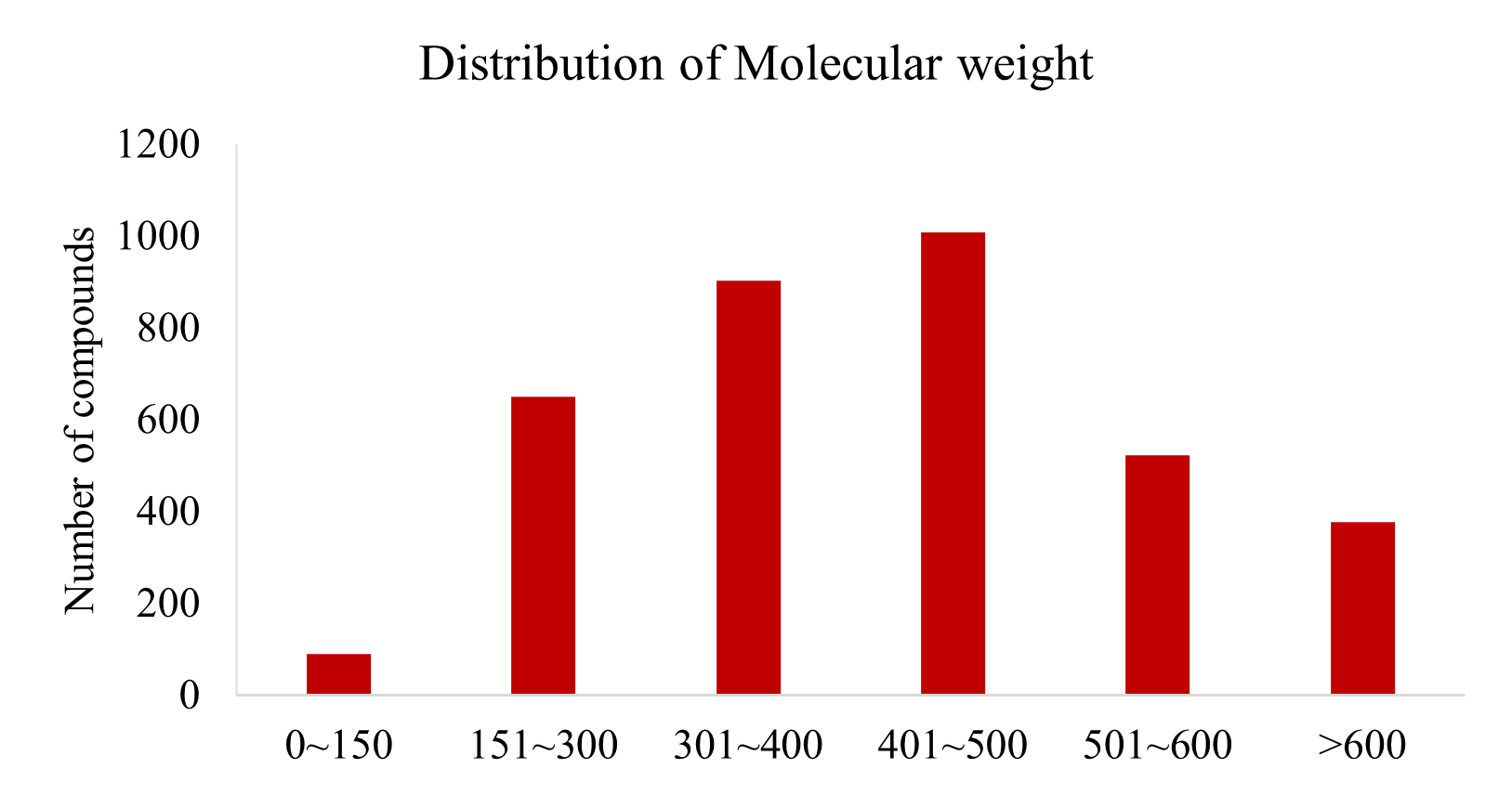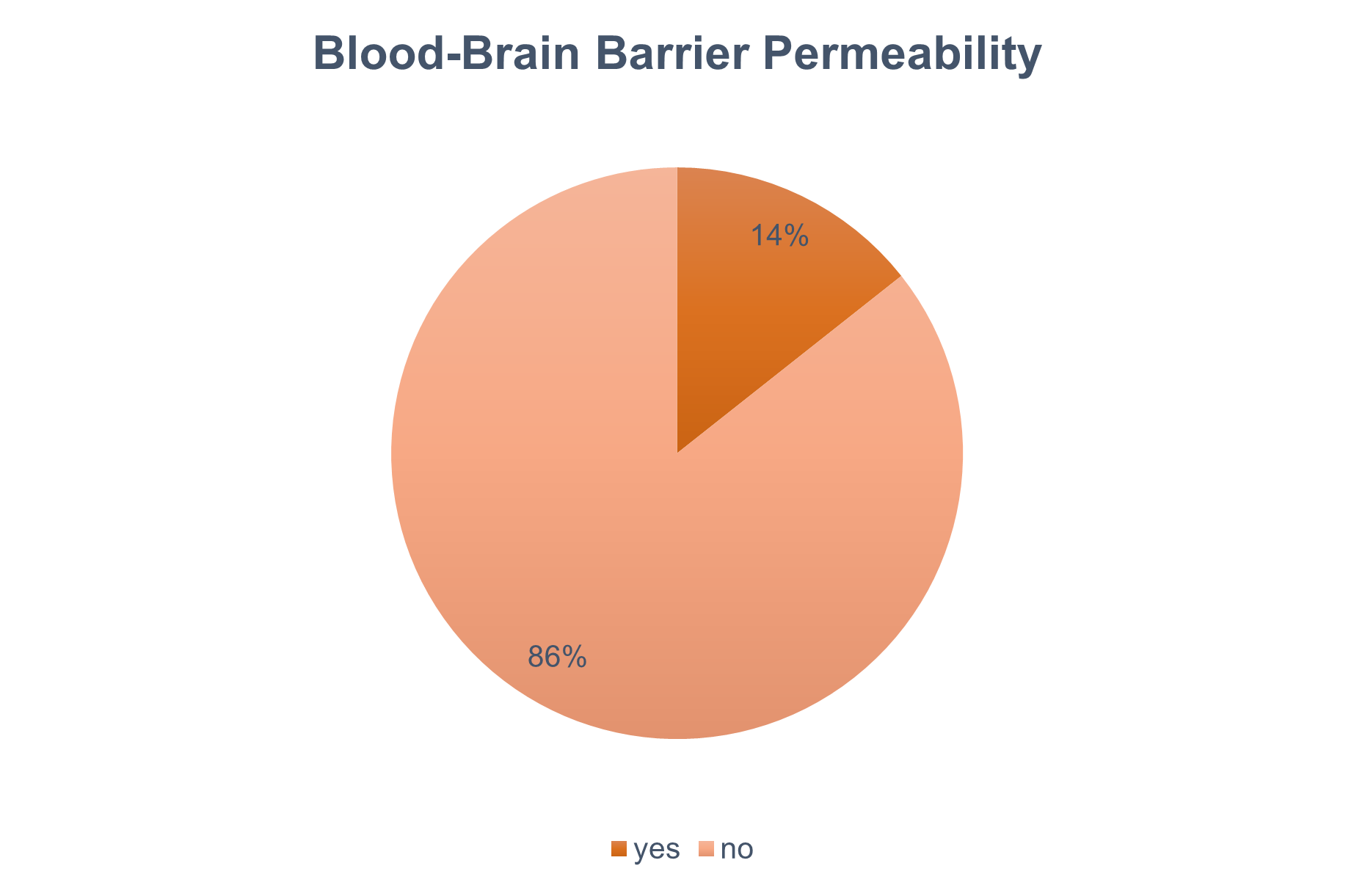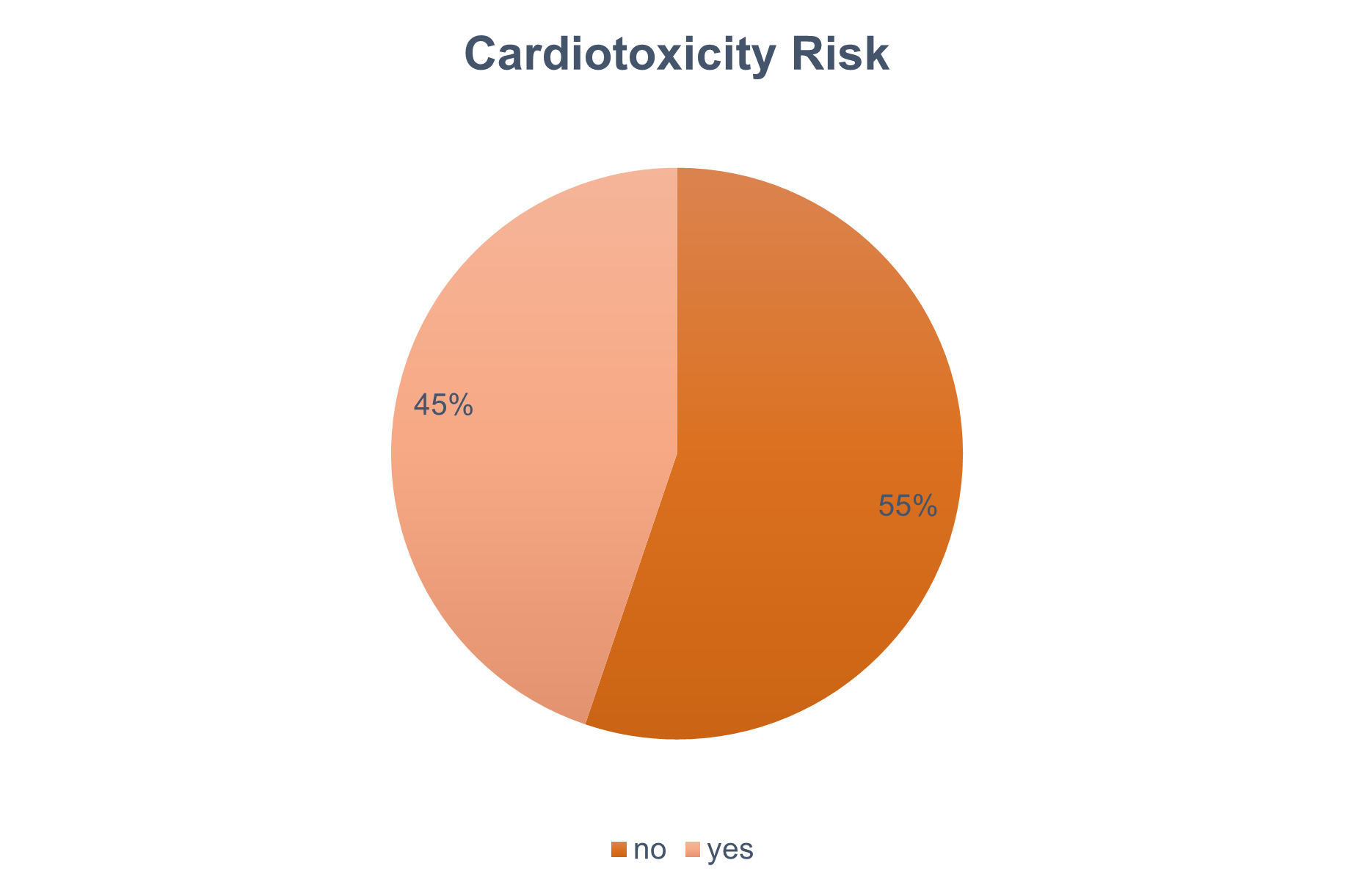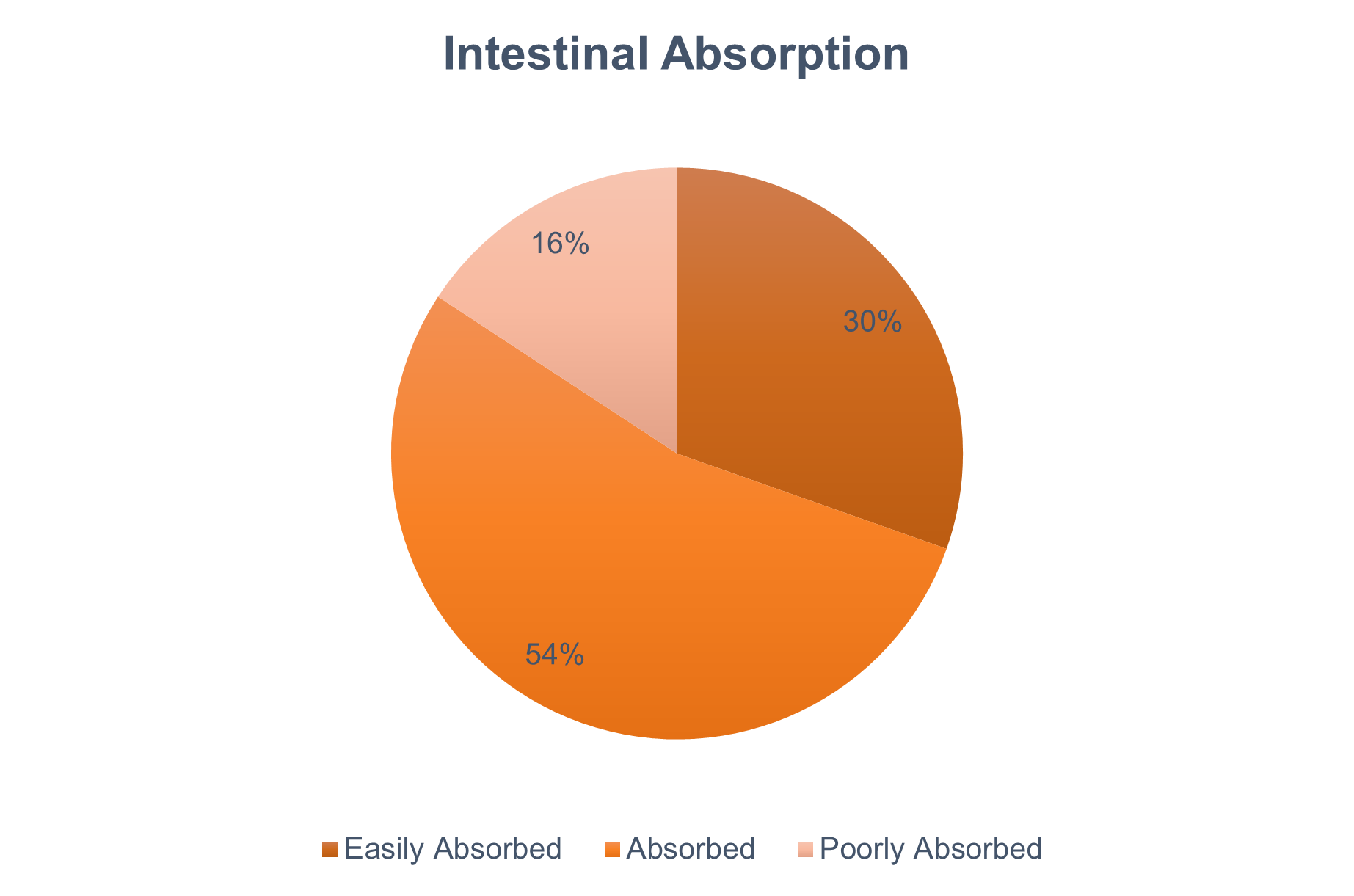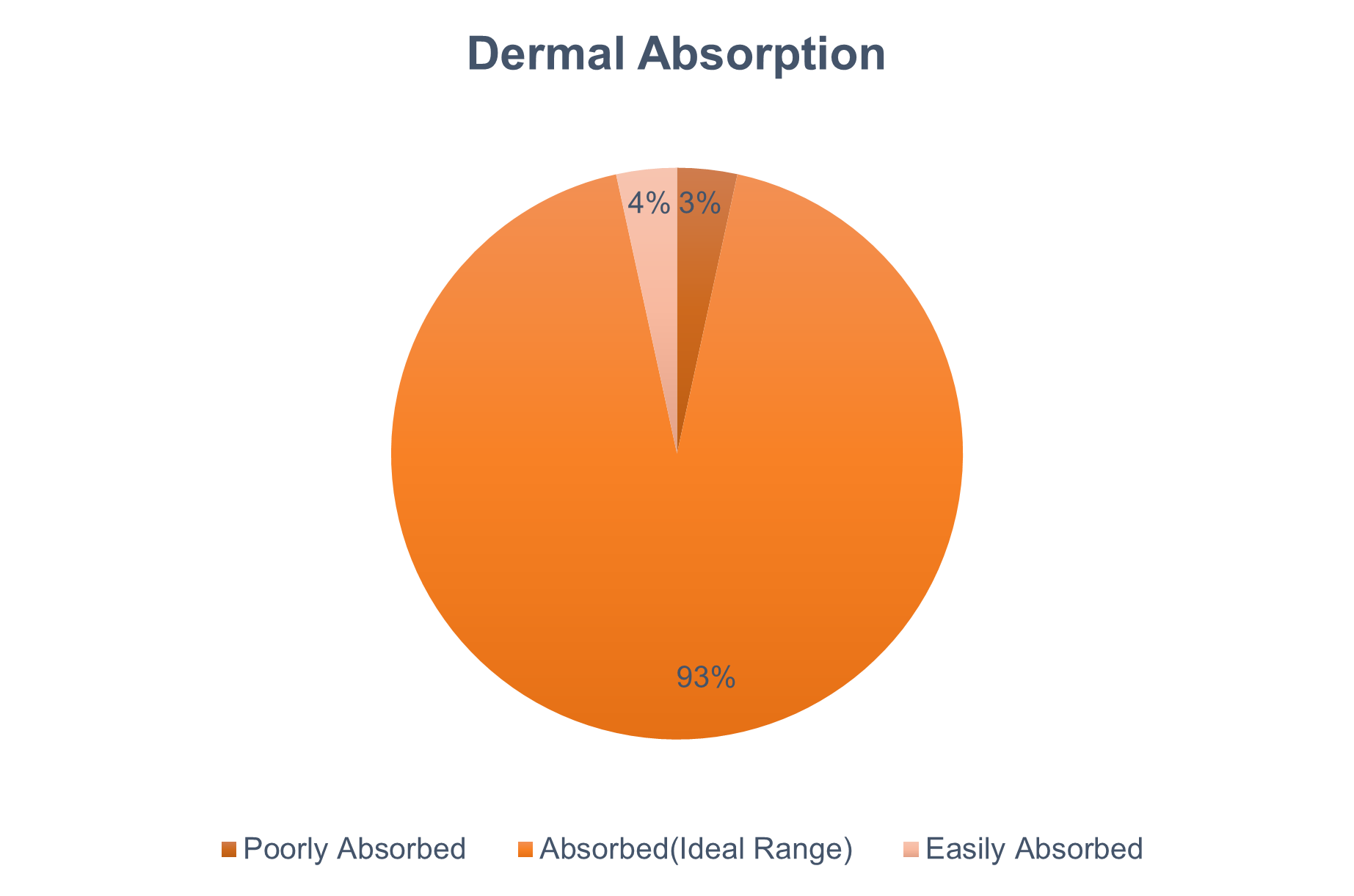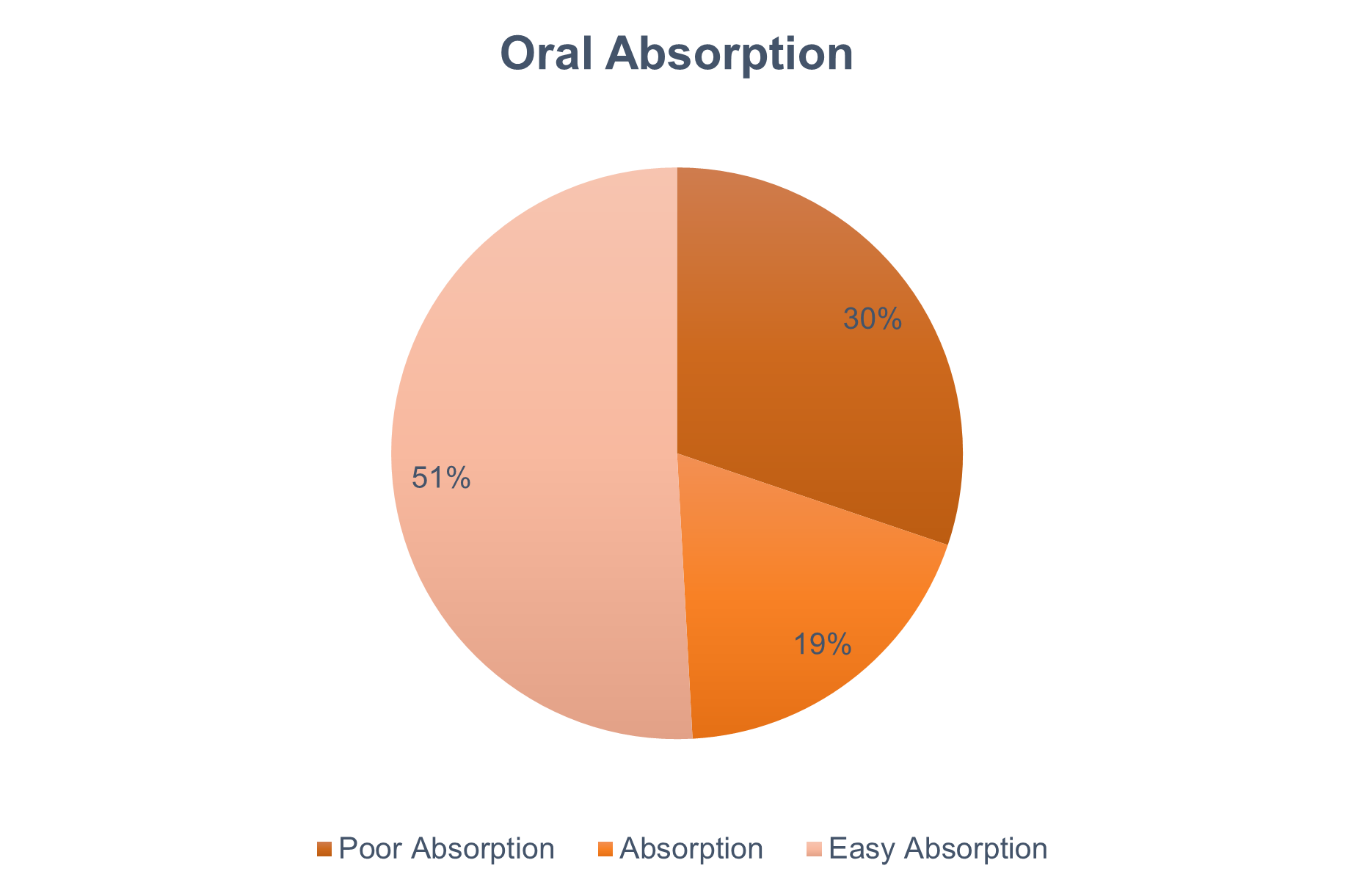High-Standard Entry Criteria
The TargetMol’s clinical compound library is established with strict entry criteria, ensuring that every compound in the library has a well-defined structure and high purity, verified through multiple analytical techniques such as NMR and HPLC/LC-MS. Through a multi-layered screening process, we exclude compounds with unclear structures, including mixtures and polymers.
Significant Strutural Diversity
The TargetMol’s clinical compound library possesses remarkable structural diversity, offering significant advantages in drug discovery. Using an 85% MACCS fingerprint similarity threshold, analysis of the library divides it into 3,038 categories, covering a wide chemical space. The library contains a vast array of compounds, ranging from simple to complex structures. This diversity provides extensive opportunities to identify lead compounds with high affinity and specificity for target proteins, greatly promoting drug innovation.
Whether targeting conventional drug targets or emerging, more challenging ones, the Clinical-Stage Small Molecule Drug Library offers a rich pool of candidate compounds, accelerating the drug development process.
Analysis on Compound Diversity
Superior Drug-likeness
In the TargetMol’s clinical compound library, 66% of the compounds comply with Lipinski’s “Rule of Five” (Ro5), indicating that the library possesses favorable bioavailability and permeability. This library serves as an ideal starting point for drug development, and these properties help improve the success rate of drug discovery while accelerating research progress.
Analysis on Drug-Likeness Parameters
Multidimensional Pharmacokinetic Analysis
A multidimensional evaluation was conducted on the TargetMol Clinical-Stage Small Molecule Drug Library, systematically analyzing three key pharmacological parameters: blood–brain barrier (BBB) penetration, cardiac toxicity (hERG K+ channel blockade), and oral absorption properties.
Regular Updates to Compound Libraries
TargetMol ensures compound libraries stay at the forefront of science by regularly updating our database to include the latest approved and marketed drugs.
Flexible Packaging Options
TargetMol provides a variety of standard packaging sizes (such as 30 μL, 50 μL, 100 μL, 250 μL, and 1 mg), and offer customized packaging solutions tailored to specific needs.
Personalized Custom Services
TargetMol offers fully customized screening services, including the design and synthesis of compound libraries. Our highly flexible service is designed to efficiently meet the unique needs of scientists and researchers.
 Your shopping cart is currently empty
Your shopping cart is currently empty







